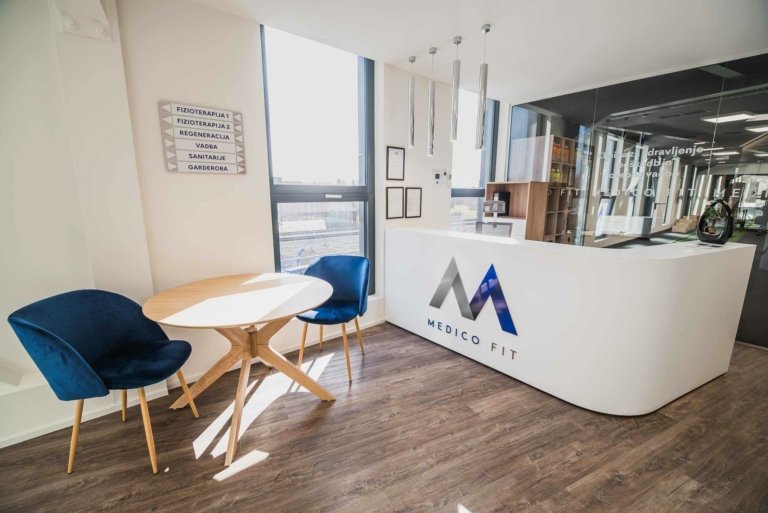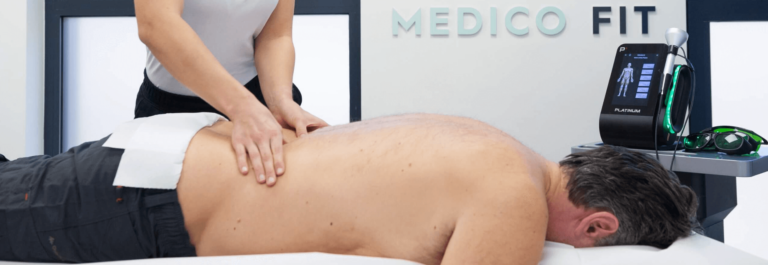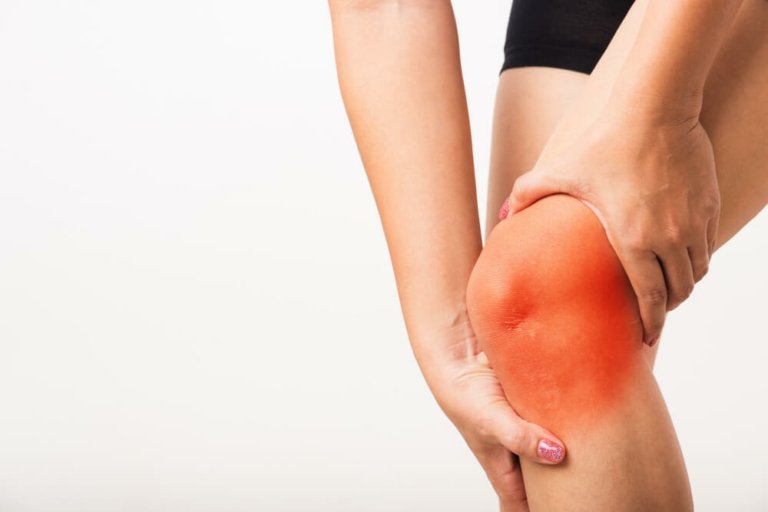A warm cup of tea, a soft blanket and a cosy sofa in front of the TV is the perfect combination for cold winter days when the day is quickly winding down. For most people, winter is the time of year when outdoor activities move indoors – behind heated four walls.
Winter weather brings with it snow, ice, wet, icy roads and pavements, which are perfect risk factors for injury.
Winter injuries are extremely common and dangerous, so timely physiotherapy treatment and rehabilitation is essential.
Here we look at the most common winter injuries, when can a physiotherapist help prevent a winter injury, when is the right time to see a private physiotherapist after a winter injury, how to help yourself at home, and 5 prevention tips to avoid winter injuries.
The most common winter injuries are falls
To suffer a painful fall, resulting in injuries such as fractures, sprains, back pain and head injuries.
Did you know that the majority of falls, statistically between 56% and 74%, occur in winter (2)?
Falls most commonly result in wrist, forearm, hip and ankle fractures (3).
A common occurrence in falls is ankle sprain, which, if left untreated or inadequately rehabilitated, develops into chronic instability. Proper physiotherapy prevents the development of the disease and acts as a preventive measure against the development of new injuries.
A sprain is defined as an excessive stretching or rupture of the ligament connecting two bones together.
The elderly population is more susceptible to falls and resulting injuries due to reduced motor function and external weathering (1).
In the event of a severe fall, where head injuries, loss of consciousness, nausea and vomiting occur, emergency medical attention is required.
When should I see a personal physiotherapist after a fall?
There are various injuries after falls and physiotherapists have a solution for each of them.
Starting physiotherapy treatment immediately after a fall is crucial as it has a significant impact on the outcome of rehabilitation and the restoration of body function.
The main purpose of personal physiotherapy after a fall is to establish control of the symptomatology. The primary focus is on reducing pain, swelling and restoring body functionality.
Pain after a fall restricts the normal movement of muscles and joints, which in turn leads to stunting and reduced mobility.

Effective physiotherapy treatments include manual therapy, massage, thermotherapy, cryotherapy, TECAR therapy, LASER therapy and ultrasound therapy.
Exercise therapy is a key component of physiotherapy and has been shown to be effective in preventing falls (1).
Is shoveling snow really dangerous?
The first snow has fallen and whitewashed the whole yard, which is now your turn to clear. Shovel in hand and your favorite activity begins – shovelling snow.
Wet snow is great for building a snowman, but difficult to shovel, where you rotate (twist) in a repetitive rhythm and the weight of the snow puts extra strain on your spine.
Have you ever heard that most spinal injuries occur during the rotation motion when lifting heavy objects?
General physical inactivity, cold weather that causes the body to shrink and incorrect technique when performing activities are a recipe for muscle strain and back pain.
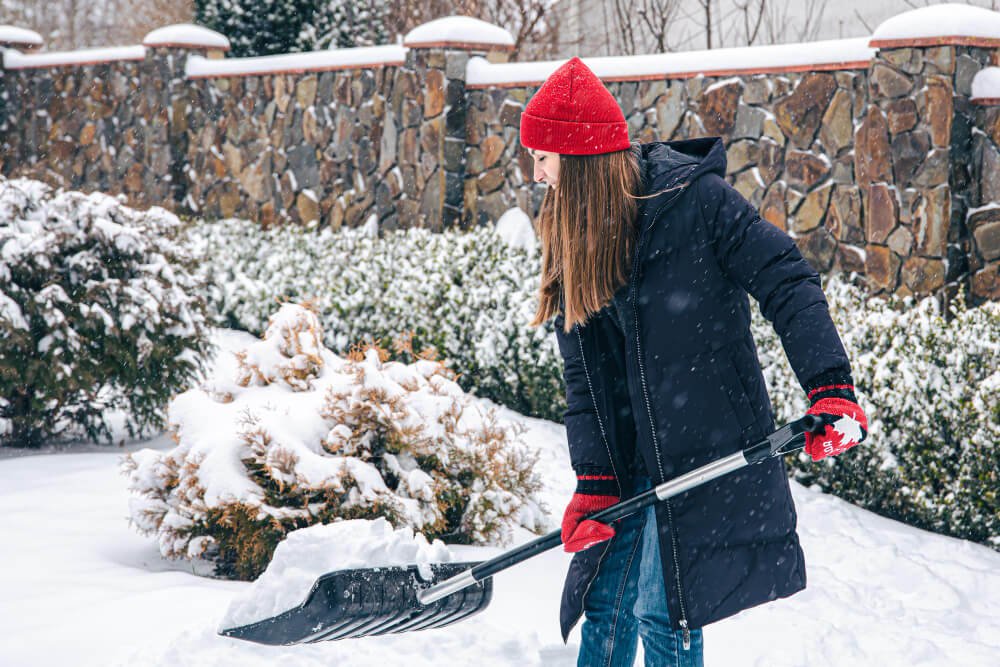
A muscle sprain is an acute injury to the muscle tissue or tendon of a muscle (the tissue that attaches the muscle to the bone). When the injury occurs, individuals experience sharp pain, muscle spasm, loss of muscle strength and mobility.
Timely action and a visit to a physiotherapist can prevent loss of muscle function and the development of more serious consequences.
Back pain is a common condition, often associated with symptoms of radiating pain into the buttocks and leg.
Physiotherapy for back pain focuses on eliminating symptomatology (reducing pain) and restoring the correct load capacity of the spine.
Does my physiotherapist have the right preventive solution for me?
Physiotherapy is great for treating injuries, but its knowledge also helps prevent them.
Physical exercise has been shown to be extremely effective in preventing injuries (1).
Properly performed and individually tailored kinesiological exercise is essential for strengthening your body and general exercise prevention.
The physiotherapist will teach you the correct lifting technique and further recommend the use of an appropriate shovel.
It is advisable to do a good physical warm-up and stretch before any outdoor activity, especially individuals with back and neck pain.
Winter sports and common injuries
Winter sports such as skiing, snowboarding, ice hockey and ice skating are popular winter activities.
The risk of sports injuries is always high, but in winter it is even higher.
The most common winter sports injuries are shoulder dislocation, elbow fracture, anterior cruciate ligament rupture, posterior cruciate ligament rupture, meniscus injury, knee sprain and ankle sprain.
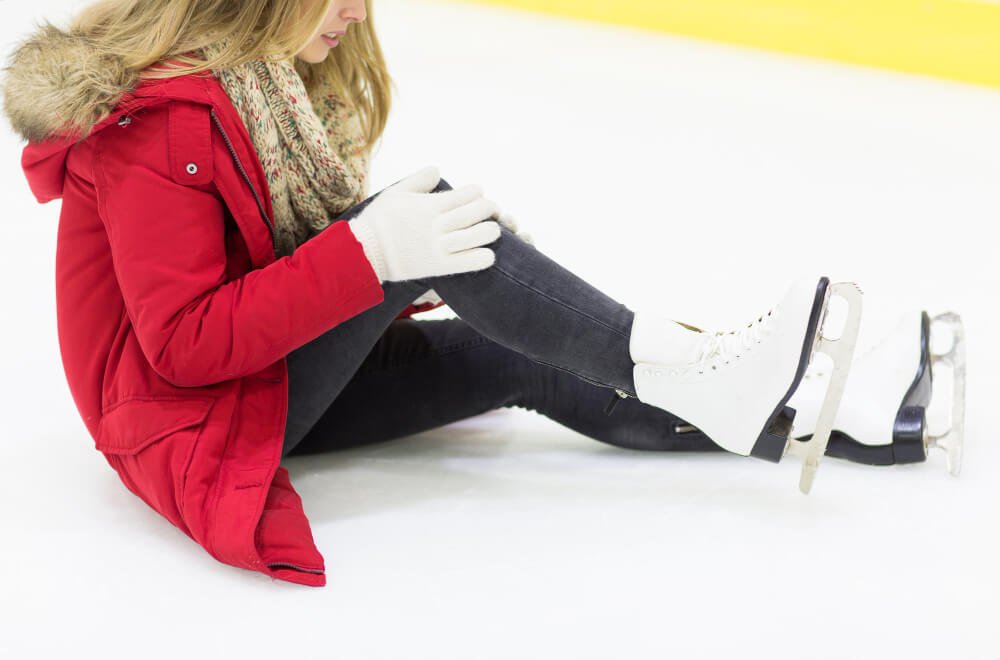
The most common shoulder dislocation is anterior, which is felt as a physical deformity of the joint, very severe pain and inability to move. A tingling and numb sensation indicates nerve damage, which often occurs during a shoulder sprain.
Rupture of the anterior cruciate ligament in the knee represents a demanding rehabilitation (from 6 months to 1 year), depending on the surgical technique. Surgery is recommended to prevent cartilage wear (arthrosis) and meniscal damage. A physiotherapist is an important part of the rehabilitation before and after surgery.
Posterior cruciate ligament rupture is a rarer and more dangerous injury compared to anterior cruciate ligament rupture. Posterior cruciate ligament injury adversely affects the gait pattern and disrupts the whole dynamics of body posture.
Injury to the meniscus is an extremely painful condition due to their good resuscitation and healing is slower due to their poor blood supply. Rehabilitation after meniscal injury depends on the degree of injury, the need for surgery and the individual needs of the injured person.
Upper or lower body part injuries?
Which part of the body do you think is most commonly injured during winter injuries? If your answer is the lower part, then you have answered correctly.
The most common cause of injury is direct trauma and the most common injury is contusion.
The most risky winter sport for injury is free skiing (7).
Physiotherapy tips to protect you against winter sports injuries
Proper injury prevention is an excellent preparation for winter activity. Here are physiotherapy tips on how to protect yourself from injury.
Before any sport activity, it is of utmost importance to warm up your whole body properly, as your muscles need to be in a state of readiness. External weather conditions (cold) cause blood vessels to constrict (reduced blood flow) and muscles to contract (the body’s natural response to maintain body temperature), leading to faster muscle fatigue and susceptibility to muscle cramps.
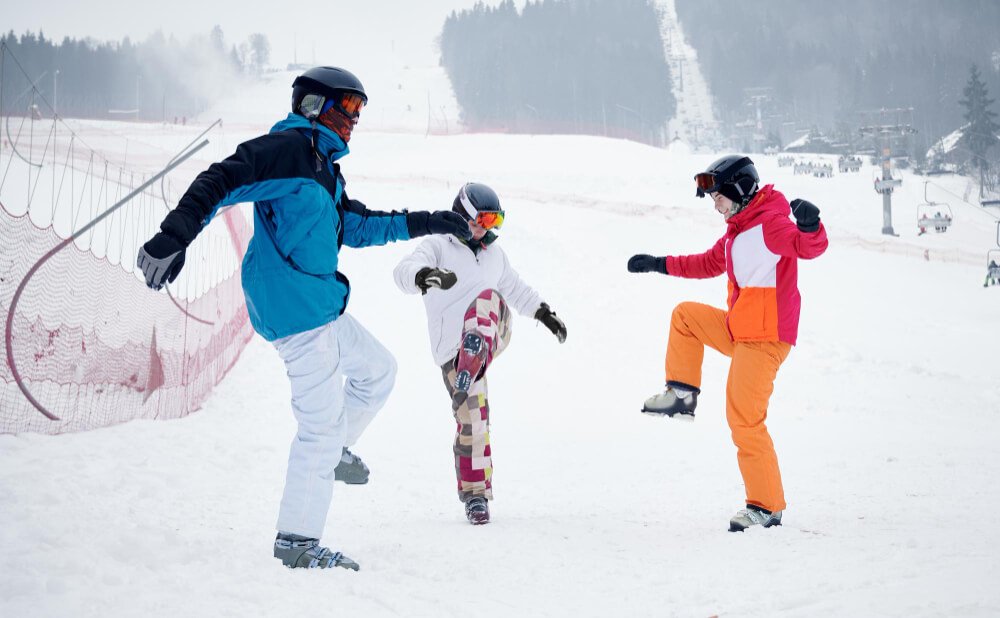
Take more time to rest and drink more fluids between each sporting activity. Muscles fatigue more quickly in winter conditions and need more ‘fuel’.
It is important to know your body and its limits. Do sporting activity to the best of your ability. Any excessive activity that overloads your musculoskeletal system will lead to injury.
Adequate fitness preparation for a winter sport such as alpine skiing is essential.
Accident never rests and in the event of an injury, it is essential to see an experienced physiotherapist in good time to ensure that the illness and treatment progress more successfully with the correct techniques.
Increase of road accidents in winter
Too many people die on the roads in winter every year. Winter road conditions can take even the most careful driver by surprise.
A swing neck injury is a common injury that happens during a road accident. Neck pain is caused by a strained muscle or sprain in the neck.
Timely physiotherapy treatment is essential, focusing on the cause of the injury and its consequences (pain, swelling, limited mobility, reduced muscle strength).
What can I do at home for minor winter injuries?
Minor winter injuries that are not suitable for a visit to a doctor or physiotherapist can be treated at home using a treatment technique called RICE.
The acronym RICE stands for “Recovery from Injury to Cerebral Injury”. RICE stands for Rest, Ice, Compression, Elevation and dictates the four essential steps you need to take to use it.
- Rest – In the acute phase, rest is essential, as otherwise you would be putting additional strain on the injured area.
- Ice – After an injury, there is pain and swelling, which is affected by cooling. We recommend that cooling of the injured area is started as soon as possible.
- Compression – Bandaging reduces swelling and stabilises the injured area. Bandage from the swelling towards the heart (the further away from the swelling, the lighter the bandage). Bruising of the thigh and tingling are signs that you have bandaged too tightly.
- Elevation – Raising the leg above the level of the heart during daytime rest and sleep reduces swelling.
5 tips to prevent falls in winter
Here are our 5 tips to prevent injury due to falling in the next winter:
- Make sure you wear suitable winter footwear with good traction and appropriate winter clothing.
- Avoid pavements and road surfaces that have not been properly cleared and maintained.
- Expect slippery roads and pavements, so always take shorter and slower steps.
- We recommend that you keep your arms close to your body during winter walks to help your balance.
- Good physical fitness prevents falls, so regular exercise is highly recommended.
Book your diagnostic appointment now!
- Sherrington, C., & Tiedemann, A. (2015). Physiotherapy in the prevention of falls in older people. Journal of Physiotherapy, 61(2), 54–60.doi:10.1016/j.jphys.2015.02.011
- Gevitz K, Madera R, Newbern C, Lojo J, Johnson CC. Risk of Fall-Related Injury due to Adverse Weather Events, Philadelphia, Pennsylvania, 2006-2011. Public Health Rep. 2017 Jul/Aug;132(1_suppl):53S-58S. doi: 10.1177/0033354917706968. PMID: 28692393; PMCID: PMC5676509.
- Björnstig, U., Björnstig, J., & Dahlgren, A. (1997). Slipping on ice and snow–elderly women and young men are typical victims. Accident; analysis and prevention, 29(2), 211–215. https://doi.org/10.1016/s0001-4575(96)00074-7
- Weber, C. D., Horst, K., Lefering, R., Hofman, M., Dienstknecht, T., Pape, H. C., & TraumaRegister DGU (2016). Major trauma in winter sports: an international trauma database analysis. European journal of trauma and emergency surgery : official publication of the European Trauma Society, 42(6), 741–747. https://doi.org/10.1007/s00068-015-0596-7
- Aicale, R., Tarantino, D. & Maffulli, N. Overuse injuries in sport: a comprehensive overview. J Orthop Surg Res13, 309 (2018). https://doi.org/10.1186/s13018-018-1017-5
- Matuszak J. M. (2017). Preventing Sports Injury and Illness: Key Resources for Family Physicians. American family physician, 95(8), 479–482.
- Fu, X., Du, L., Song, Y., Chen, H., & Shen, W. (2020). Incidence of injuries in professional snow sports: A systematic review and meta-analysis. Journal of Sport and Health Science. doi:10.1016/j.jshs.2020.10.006




